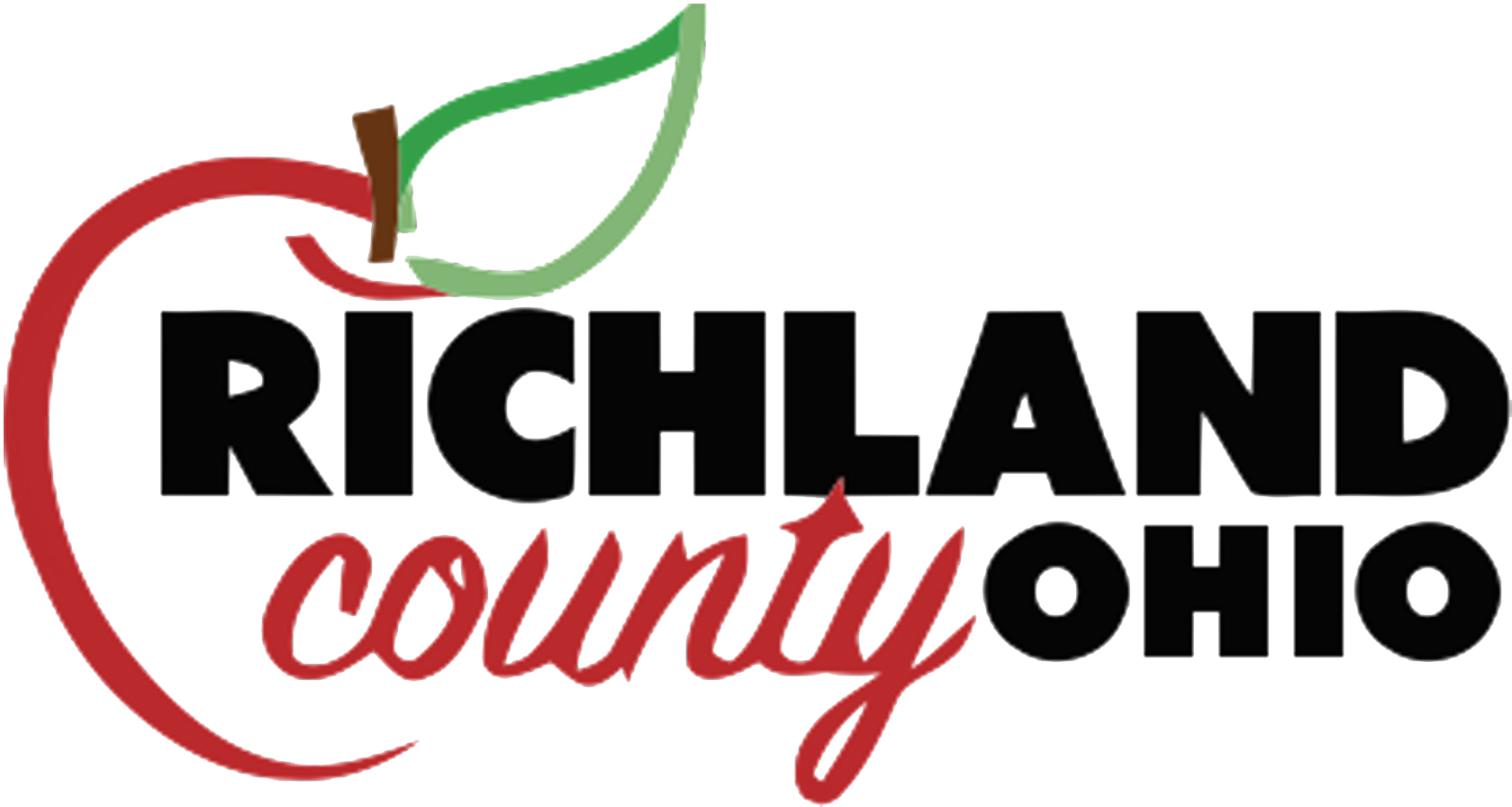Floodplains
Floodplains....what are they?
A Floodplain, as defined by the National Flood Insurance Program, is an land area that is susceptible to being inundated by flood waters from any source.
As defined by FEMA, the land area covered by the floodwaters of the base flood is the Special Flood Hazard Area (SFHA) on NFIP maps. The SFHA is the area where the NFIP's floodplain management regulations must be enforced and the area where the mandatory purchase of flood insurance applies. The SFHA includes Zones A, AO, AH, A1-30, AE, A99, AR, AR/A1-30, AR/AE, AR/AO, AR/AH, AR/A, VO, V1-30, VE, and V.
Development within a defined floodplain or Special Flood Hazard Area is governed through Floodplain Regulations adopted by a local community or county.
ONDN Floodplain Management Fact Sheet 12 - Floods and Flood Damage Prevention
 Floodplain Regulations Floodplain Regulations are designed to guide development within Special Flood Hazard Areas. For regulatory purposes, the floodplain is divided into two areas based on water velocity: the floodway and the flood fringe. The floodway includes the channel and adjacent floodplain area that is required to pass the 100-year flood without unduly increasing flood heights. This is the hazardous portion of the floodplain where the fastest flow of water occurs. Due to the high degree of hazard found in the floodway, floodplain regulations require that proposed floodway developments do not block the free flow of flood water as this could dangerously increase the water's depth and velocity. The flood fringe is the portion of the floodplain, outside of the floodway, that contains slow-moving or standing water. Development in the fringe will not normally interfere with the flow of water. Therefore, floodplain regulations for the flood fringe allow development to occur but require protection from flood waters through the elevation of buildings above the 100-year flood level or floodproofing buildings so that water cannot enter the structure.
Floodplain Regulations Floodplain Regulations are designed to guide development within Special Flood Hazard Areas. For regulatory purposes, the floodplain is divided into two areas based on water velocity: the floodway and the flood fringe. The floodway includes the channel and adjacent floodplain area that is required to pass the 100-year flood without unduly increasing flood heights. This is the hazardous portion of the floodplain where the fastest flow of water occurs. Due to the high degree of hazard found in the floodway, floodplain regulations require that proposed floodway developments do not block the free flow of flood water as this could dangerously increase the water's depth and velocity. The flood fringe is the portion of the floodplain, outside of the floodway, that contains slow-moving or standing water. Development in the fringe will not normally interfere with the flow of water. Therefore, floodplain regulations for the flood fringe allow development to occur but require protection from flood waters through the elevation of buildings above the 100-year flood level or floodproofing buildings so that water cannot enter the structure.Richland County has adopted Special Flood Hazard Area (Floodplain) Regulations to promote the public health, safety and general welfare, protect the natural function of streams, and to minimize public and private losses due to flood conditions in specific areas by provisions designed to:
- Protect human life and health;
- Minimize expenditure of public and private money for costly flood control projects;
- Minimize the need for rescue and relief efforts associated with flooding and generally undertaken at the expense of the general public;
- Minimize prolonged business interruptions;
- Minimize damage to public facilities and utilities such as water and gas mains, electric, telephone and sewer lines, streets and bridges located in areas of special flood hazard;
- Help maintain a stable tax base by providing for the proper use and development of areas of special flood hazard so as to minimize future flood blight areas;
- Ensure that potential buyers are aware that property is in an area of special flood hazard, and
- Ensure that those who occupy the areas of special flood hazard assume responsibility for their actions.
Richland County Floodplain Regulations, effective April 4, 2011
Richland County Flood Insurance Study, April 4, 2011
ODNR Floodplain Management Fact Sheet 13 - Facts about Flood Insurance
Flood Insurance On July 6, 2012, a law took effect that made significant reforms to the National Flood Insurance Program (NFIP). Among other things, this law requires FEMA to take immediate steps to eliminate a variety of existing flood insurance subsidies. Under the new law, flood insurance premium rates on many properties in special flood hazard areas will increase.
Please read the following
FEMA Document for more information
ODNR Floodplain Management Fact Sheet 13 - Facts about Flood Insurance
Flood Insurance Rate Maps Flood Insurance Rate Maps (FIRMS) are issued by FEMA as part of the National Flood Insurance Program.The hazard area or, Special Flood Hazard Area (SFHA), shown on the flood map is known as the 100-year floodplain. It is more precisely defined as the floodplain associated with a flood that has a 1-percent annual chance of being equaled or exceeded in any given year. The 100-year flood is not a flood event that happens once in a hundred years, rather a flood event that has a one percent chance of occurring every year. Flood maps may include:
- Major highways, secondary roads, lakes, railroads, streams and other waterways
- Special Flood Hazard Areas (SFHA) identified on the FIRM as zones A, AE, AH, AO, AR,V, VE or A99
- Base Flood Elevations (BFEs) or depths (BFE is the calculated elevation of the 100-year flood.)
- Areas subject to inundation by the 500-year flood.
You can create a FIRMette using the online "FIRMette - Web tool. A FIRMette is a full-scale section of a FEMA Flood Insurance Rate Map (FIRM) that you create yourself online and are formatted to fit on printers commonly found in offices. There is no cost for making a FIRMette. FIRMettes can be used in all aspects of the NFIP including floodplain management, flood insurance, and enforcement of mandatory flood insurance purchase requirements.
You can also view Flood Maps using Google Earth. You need to download the National Flood Hazard Layer (NFHL) KMZ file below. Please download and read the instructions below for using Google Earth and the NFHL KMZ file.
National Flood Hazard Layer.kmz
Instructions for Using Google Earth to view NFHL KMZ File
Floodplain Determinations A floodplain determination can assist a property owner in determining what portions of their property and what structures on their property are in a floodplain. As well, when applying for flood insurance or a Letter Of Map Amendment (LOMA) or Letter Of Map Revision (LOMR), a floodplain determination will assist the property owner, the lender, and FEMA in applying the correct criteria when writing an insurance policy or making a determination. Floodplain determinations are provided at no charge for properties located in the Richland County jurisdiction. For more information or to request a determination, please contact Richland County Soil and Water or your local jurisdiction Floodplain Administrator.
Floodplain Links Below are a few web links pertaining to floods:
Interactive Weather Information Network (IWIN) provides a variety of weather data and imagery, including flood and flash-flood warnings. The URL is:http://iwin.nws.noaa.gov/iwin/graphicsversion/bigmain.html
The National Weather Service Hydrometeorological Prediction Center (HPC) produces a map showing flood potential for the contiguous 48 states. Updated daily at 4 p.m., this five-day outlook provides an entry point for users seeking more detailed hydrologic information provided by the NWS's regional River Forecast Centers and Weather Forecast Offices. - URL: https://water.weather.gov/ahps/rfc/rfc.php
Generate an online hazard map for your area of interest. The URL is: https://msc.fema.gov/portal
Information on flood insurance rate maps (FIRM's). The URL is: https://www.fema.gov/flood-insurance-rate-map-firm
Flood insurance rate information can be found at: https://msc.fema.gov/portal/home
The National Flood Insurance Program of the Federal Emergency Management Agency (FEMA) - https://www.fema.gov/national-flood-insurance-program
FEMA's map service center can be used to search for flood insurance rate maps. This page will show the most recent FIRMs for Richland County.
FEMA's handbook on appeals to new preliminary Flood Insurance Rate Maps.
FEMA Letter of Map Amendment (LOMA) and Letter of Map Revision-Based on Fill (LOMR-F) Process
Elevation Certificate Instructions and Tutorial for Engineers and Surveyors
For more information, please visit https://www.floodsmart.gov/
Ohio Department of Natural Resources - Floodplain Management Program includes information on floodplain regulations in Ohio.
A permit application may be found on our forms menu. For project that modify a watercourse and are located in Zone A where no Base Flood Elevations exist, a Zone Channel Modifications Form must be filled out on our forms menu.
| Why do I have to purchase flood insurance? |
| My bank is requiring flood insurance in order to finance/refinance a loan for my house/building or it is a requirement for federal disaster aid. |
| Can I purchase flood insurance? |
| A person can purchase flood insurance if their house/building is in any community (city, township, county) that participates in the National Flood Insurance Program regardless of whether or not they live in a mapped floodplain. Richland County participates in the National Flood Insurance Program. The community number for the unincorporated parts of Richland County is 390476. |
| Where do I buy flood insurance? |
| Flood Insurance can be written by any licensed property and casualty insurance agent. |
| How much will flood insurance cost? |
| Flood insurance premiums are rated on various factors including: location of the building within the floodplain; the building's lowest floor elevation (including basement) relative to the 100 year or Base Flood Elevation (BFE) and policy value. The average premium nationwide for a homeowner's policy is approximately $300.00. The premium is more expensive for structures located in the 100-year floodplain that pre-date a community's floodplain ordinance and are not properly elevated or protected against flood damage. |
| My bank is requiring that I purchase flood insurance. I don't agree that my structure is located in a floodplain or I don't believe that its lowest floor is below the Base Flood Elevation(BFE). What can I do to appeal the decision? |
| A lending institution must require that flood insurance be purchased as a condition of any federally insured loan when a building is mapped in the 100 - year floodplain. The property owner may benefit in such a case by having a determination of the elevation of the lowest adjacent grade/lowest floor of the structure in relation to the BFE prepared by a licensed surveyor. The property owner may file a Letter Of Map Amendment (LOMA) or Letter of Map Revision (LOMR) with FEMA to appeal any floodplain determination. Any information demonstrating the property owner's case will assist with an appeal. |

